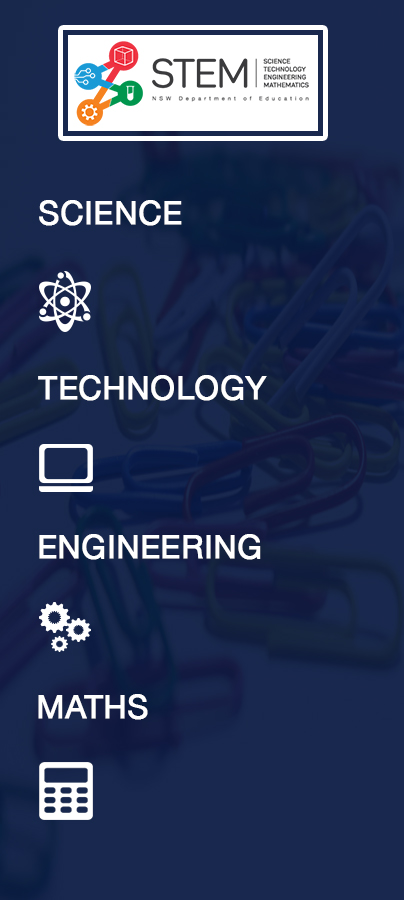
Classroom drone program gets students buzzing about STEM
– 13 August
A new program designed to encourage more young people to pursue science, technology, engineering, and mathematics (STEM) subjects is utilising drones in the classroom.
The program, delivered by the University of Southern Queensland (USQ) is designed for students in years 5 and 6 and covers the skills needed to operate and manipulate a drone. Teachers are also trained to build capacity and confidence in using drones.
The attraction of the unmanned aerial vehicles for students allows students to get directly involved in the outcomes of STEM research, said associate professor, Ange Fitzgerald.
“Drone technology is one of the most exciting areas for students to experience the practical application of STEM subjects and covers a whole range of STEM disciplines, including engineering, physics, mathematics and coding,” said Fitzgerald.
Representatives of USQ recently delivered the pilot stage of the program at Mt Crosby State School.
The program aims to link together early STEM education with the practical application of these skills in fields such as aviation, surveying, and climatology.
“More educators are using drones because there is so much potential to not only teach STEM concepts, but also drone technology is expected to skyrocket, creating thousands of future jobs in many different fields and industries,” said USQ Surveying Lecturer and co-leader of the project, Dr Zahra Gharineiat.
For school leaders, the program provides a novel way to get students engaged with science and technology topics.
“The school is looking for ways to offer more activities and experiences that promote STEM learning, and USQ’s Drones for STEM Learning program serves as a good take-off point for more opportunities like this,” said Mt Crosby SS principal, Penny Grant.
“It demonstrates the benefits of schools and universities working together in raising the aspirations of young people and delivering better learning outcomes,” said Grant.
Program leaders hope that early interactions with such devices will foster an ongoing interest in science and technology.
“It’s an effective way to inspire and extend young people’s learning in STEM and develop skills such as critical thinking and problem solving, which are essential for future careers,” said Fitzgerald.
